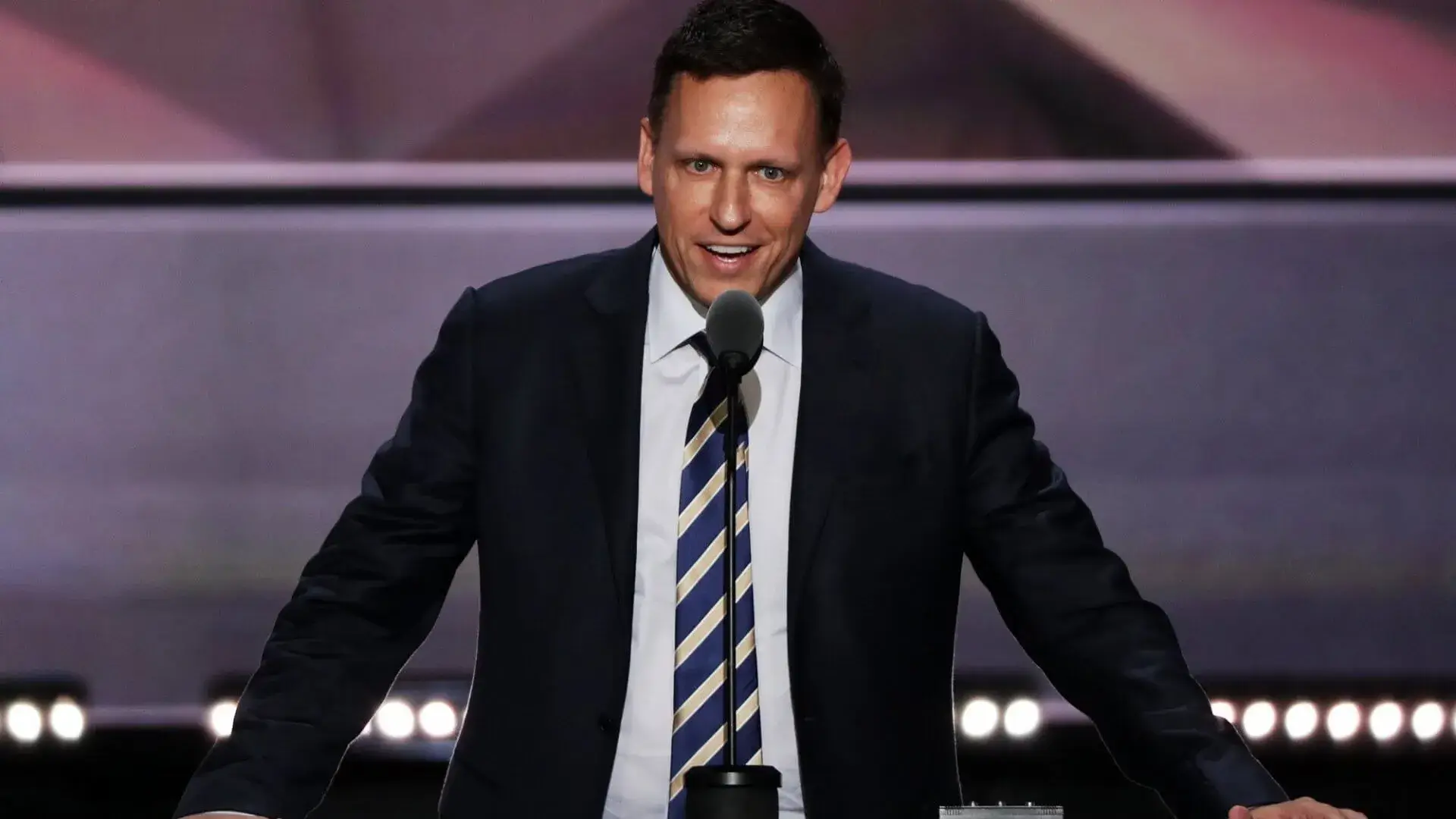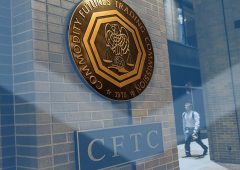Peter Thiel-Backed Bullish Quietly Files for IPO as Crypto Firms Eye Wall Street
11.06.2025 22:00 1 min. read Alexander Stefanov
Digital asset exchange Bullish, supported by billionaire investor Peter Thiel, is making a stealthy move toward going public.
Sources familiar with the matter say the company has confidentially filed for an IPO with the U.S. Securities and Exchange Commission, with investment bank Jefferies leading the effort.
This step comes amid a broader push from crypto firms looking to capitalize on shifting regulatory winds and renewed investor interest under the Trump administration. Bullish had previously explored a public listing via a SPAC in 2021, but the plan unraveled amid unfavorable market conditions.
The IPO landscape for crypto firms has recently gained momentum. Circle, the issuer of USDC, made a splash with a $1.1 billion public debut that saw its stock surge 167% on day one. Gemini has also reportedly filed for a U.S. listing, while eToro recently completed its own Nasdaq debut.
Bullish is headed by former NYSE president Tom Farley and counts Thiel—an early Bitcoin supporter and Trump campaign donor—as a key backer.
Meanwhile, data suggests that the crypto space continues to outperform traditional finance in terms of returns. A CoinMarketCap analysis found that the majority of recent crypto token listings yielded higher ROI than stocks on major U.S. exchanges, reinforcing the sector’s growing edge over legacy markets.
-
1
Telegram Attracts Billions, Plots Future IPO and AI Revenue with xAI
30.05.2025 15:00 1 min. read -
2
Ross Ulbricht’s Prison Relics Spark Bidding War on Bitcoin Marketplace
01.06.2025 10:00 1 min. read -
3
President Trump’s CFTC Pick Discloses Millions in Crypto
29.05.2025 10:00 2 min. read -
4
Google Quantum Breakthrough Sparks New Concerns for Bitcoin Security
28.05.2025 11:00 2 min. read -
5
Can Real-World Assets Rescue the NFT Lending Market?
29.05.2025 8:00 1 min. read
Pakistan Turns Unused Power Into Bitcoin and AI Infrastructure
Pakistan has found an unexpected use for the electricity it routinely leaves untapped: power thousands of Bitcoin rigs and AI servers.
Cardano Considers Crypto Wealth Fund to Supercharge DeFi
Cardano’s leadership is floating an unconventional idea: turn part of the project’s war chest into a revenue-generating portfolio that holds Bitcoin and USD-pegged tokens.
NFTs Quietly Evolve Into Core Digital Infrastructure
While public attention drifts from NFTs, the technology is quietly entering a more meaningful phase. No longer driven by speculation, NFTs are increasingly embedded in the infrastructure behind gaming, AI, and the decentralized web.
FSB Flags Mounting Crypto Risks as Stablecoins Tighten Grip on Finance
The Financial Stability Board is growing increasingly uneasy about crypto’s expanding footprint in global finance, cautioning that the lines between digital assets and traditional markets are blurring faster than expected.
-
1
Telegram Attracts Billions, Plots Future IPO and AI Revenue with xAI
30.05.2025 15:00 1 min. read -
2
Ross Ulbricht’s Prison Relics Spark Bidding War on Bitcoin Marketplace
01.06.2025 10:00 1 min. read -
3
President Trump’s CFTC Pick Discloses Millions in Crypto
29.05.2025 10:00 2 min. read -
4
Google Quantum Breakthrough Sparks New Concerns for Bitcoin Security
28.05.2025 11:00 2 min. read -
5
Can Real-World Assets Rescue the NFT Lending Market?
29.05.2025 8:00 1 min. read


